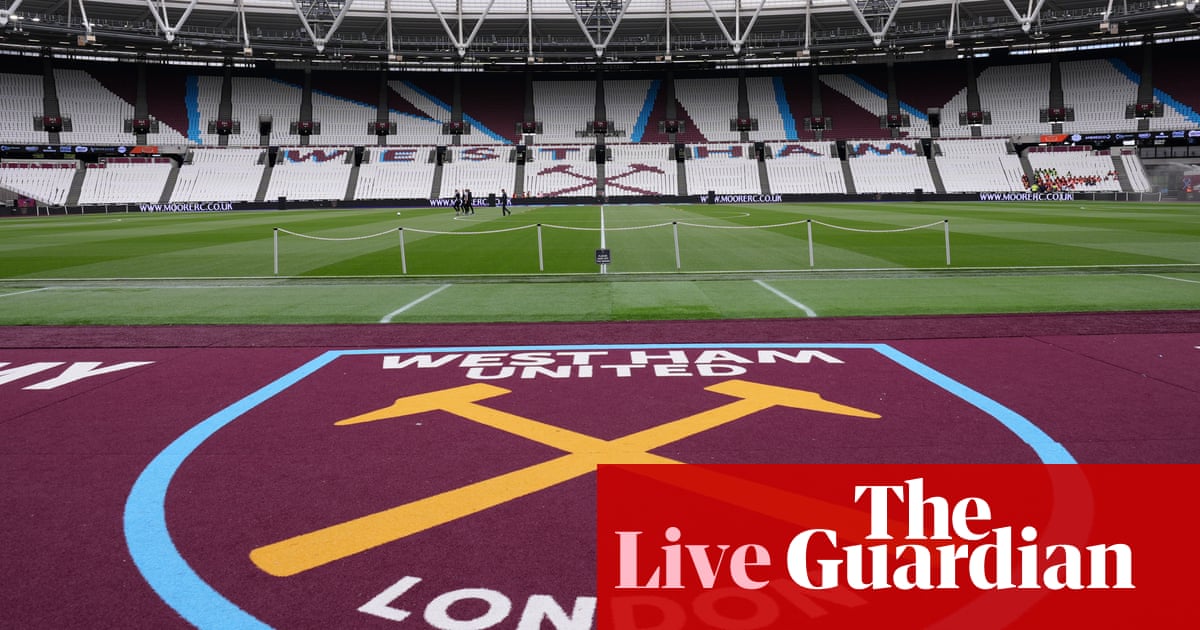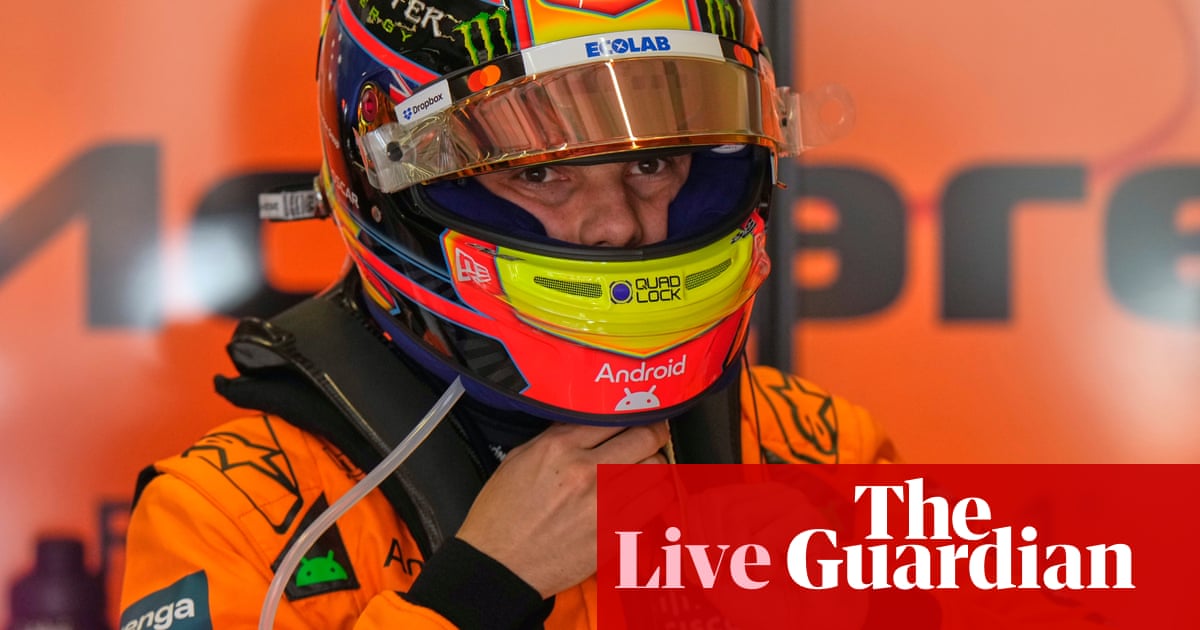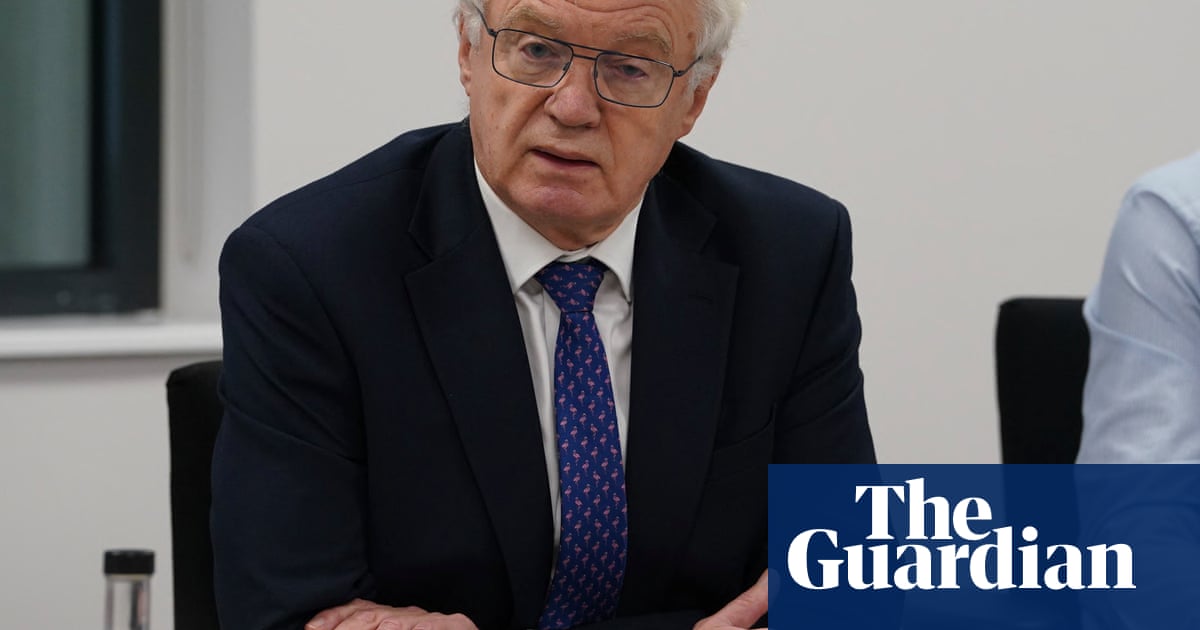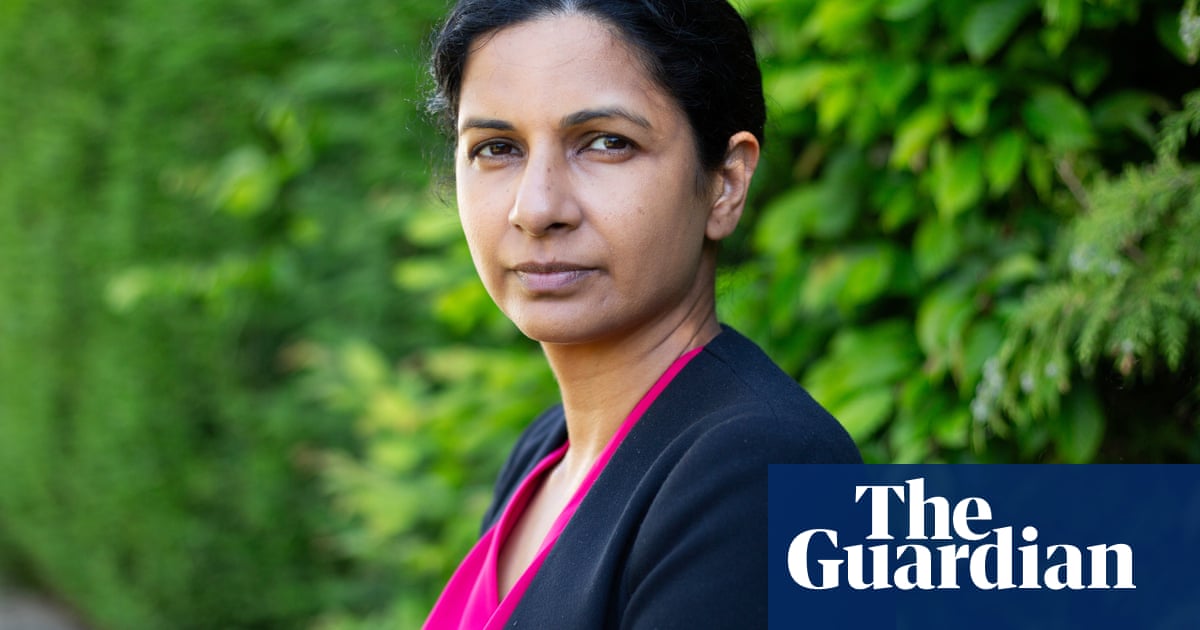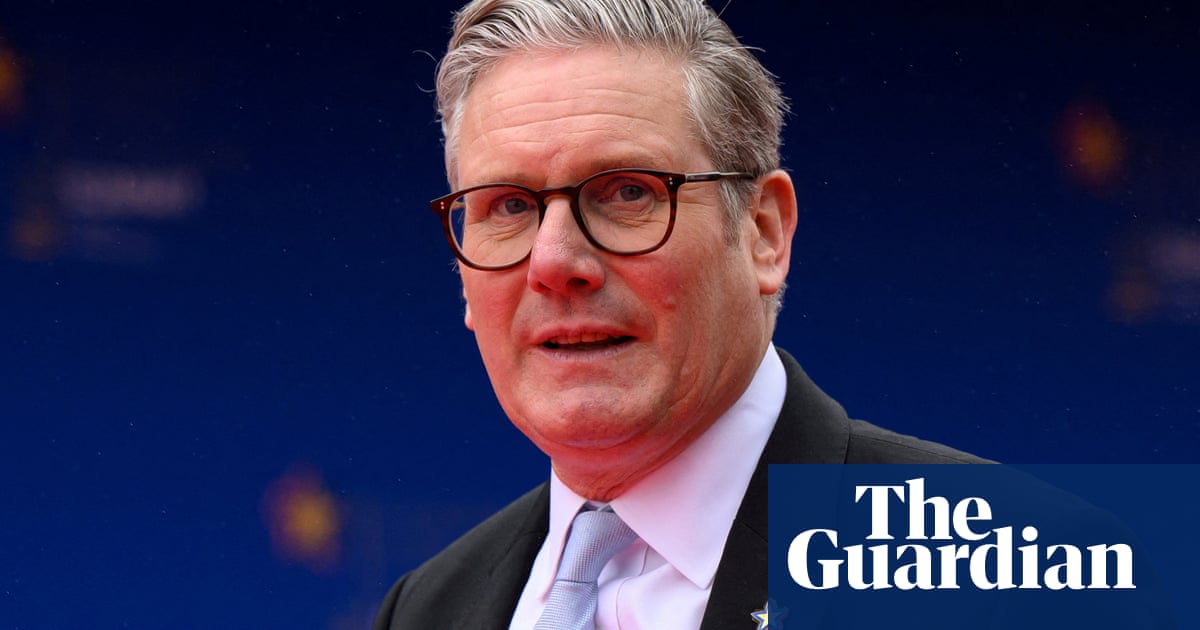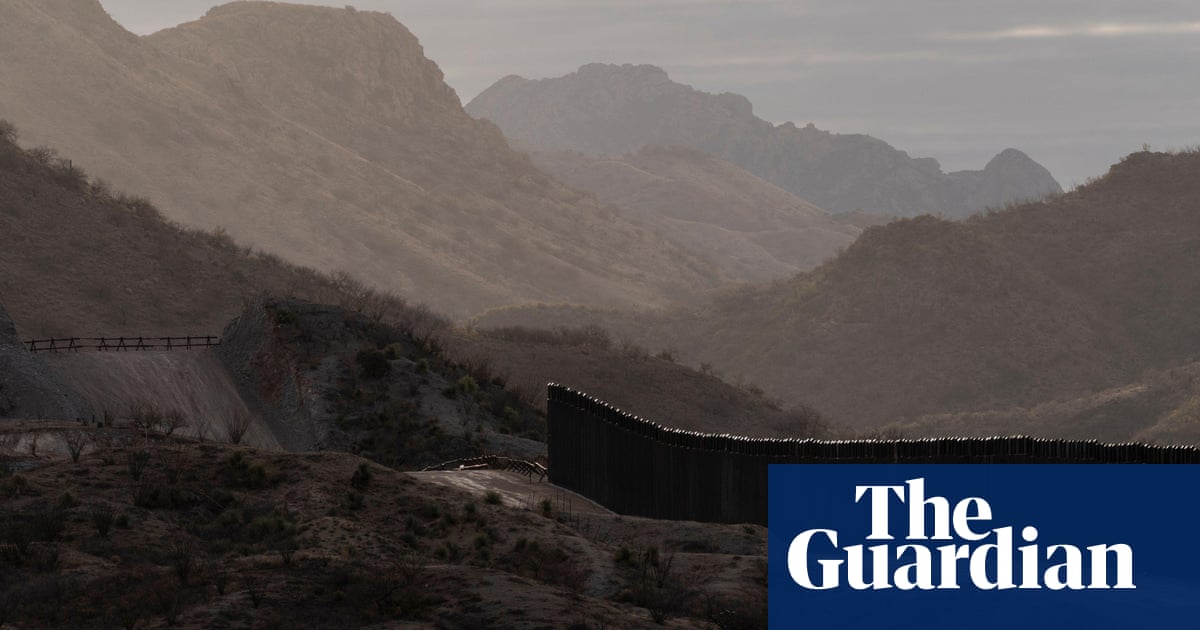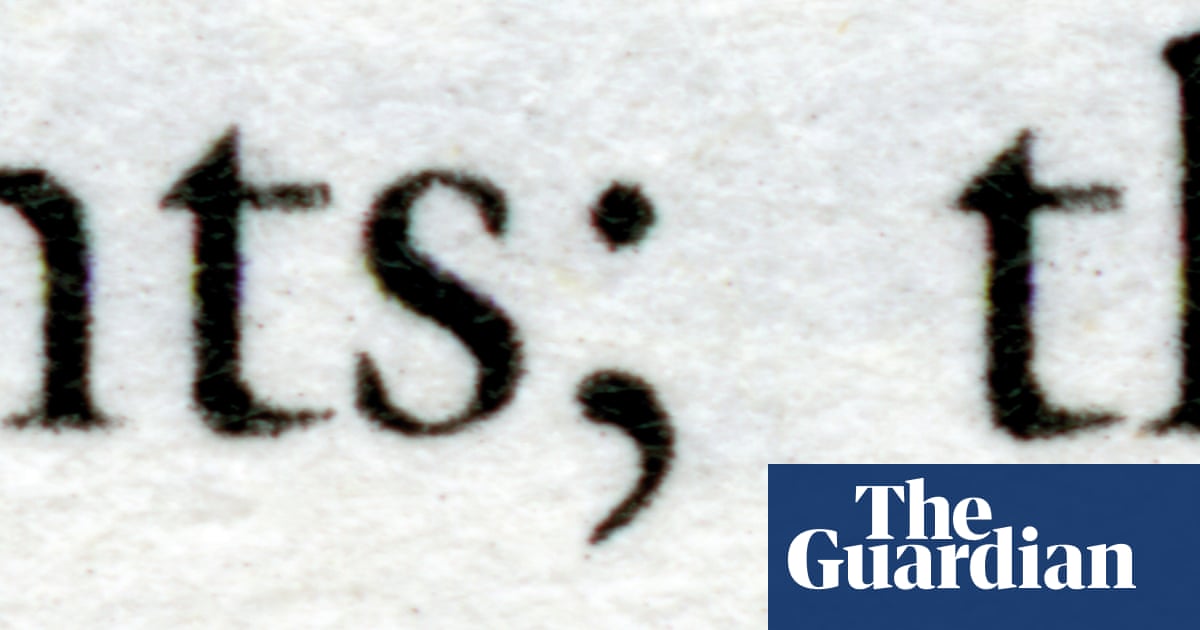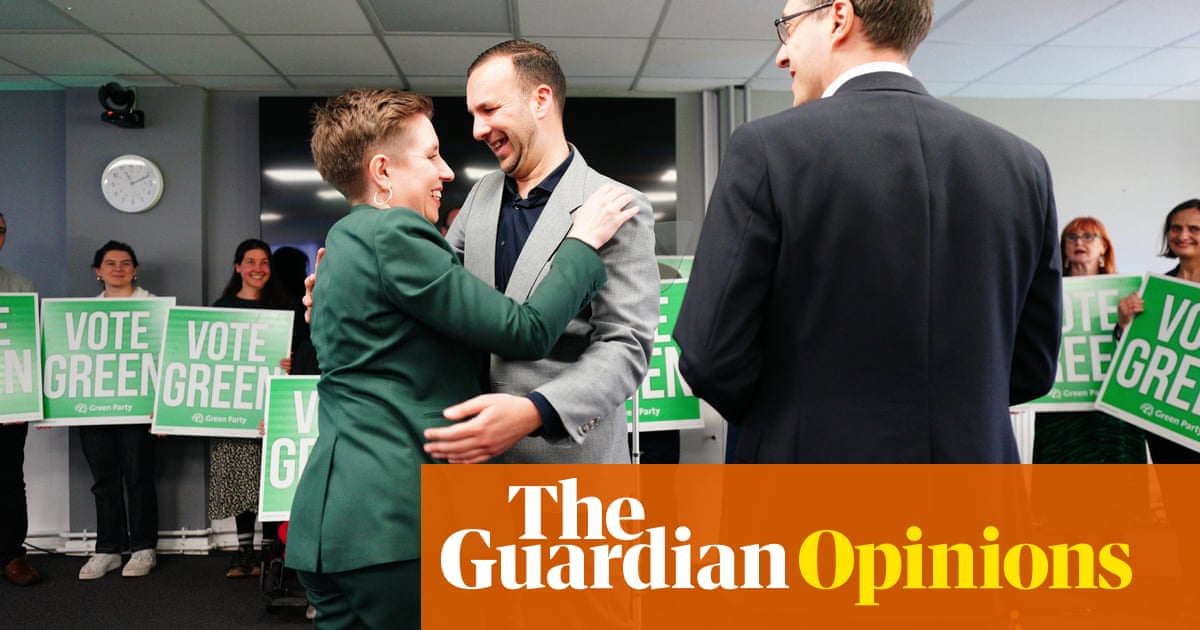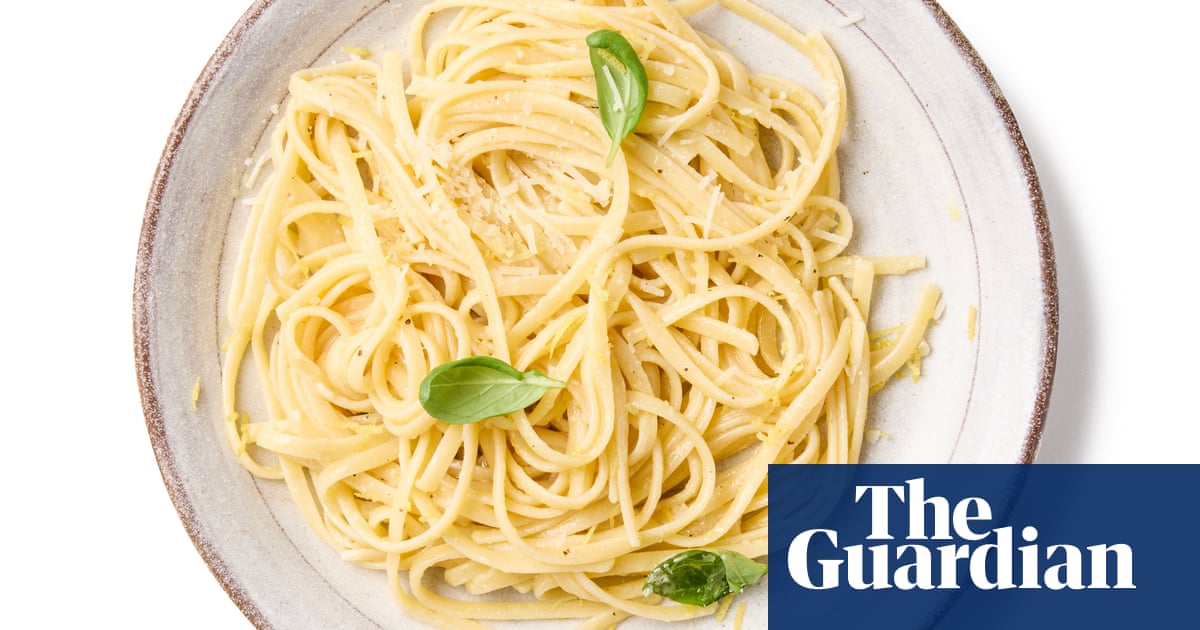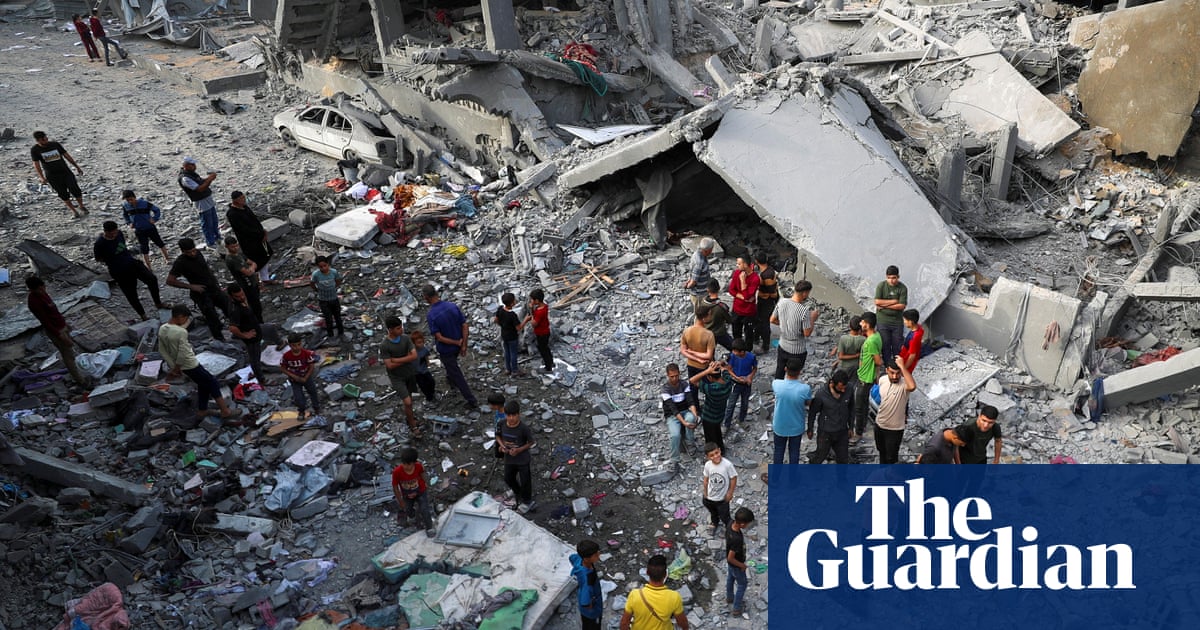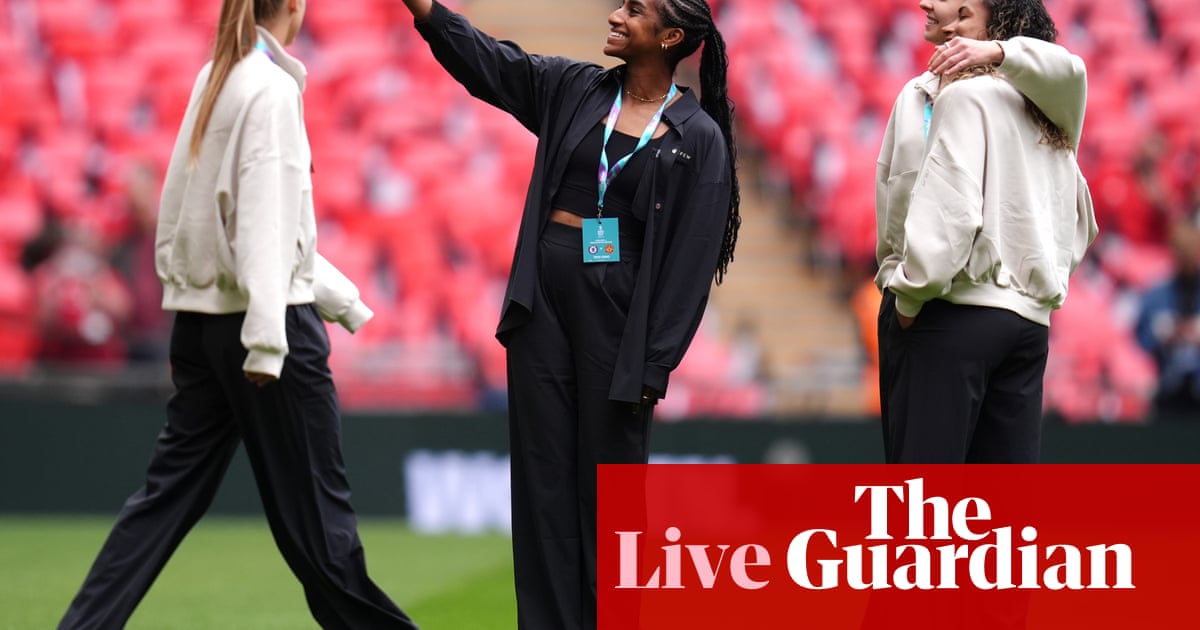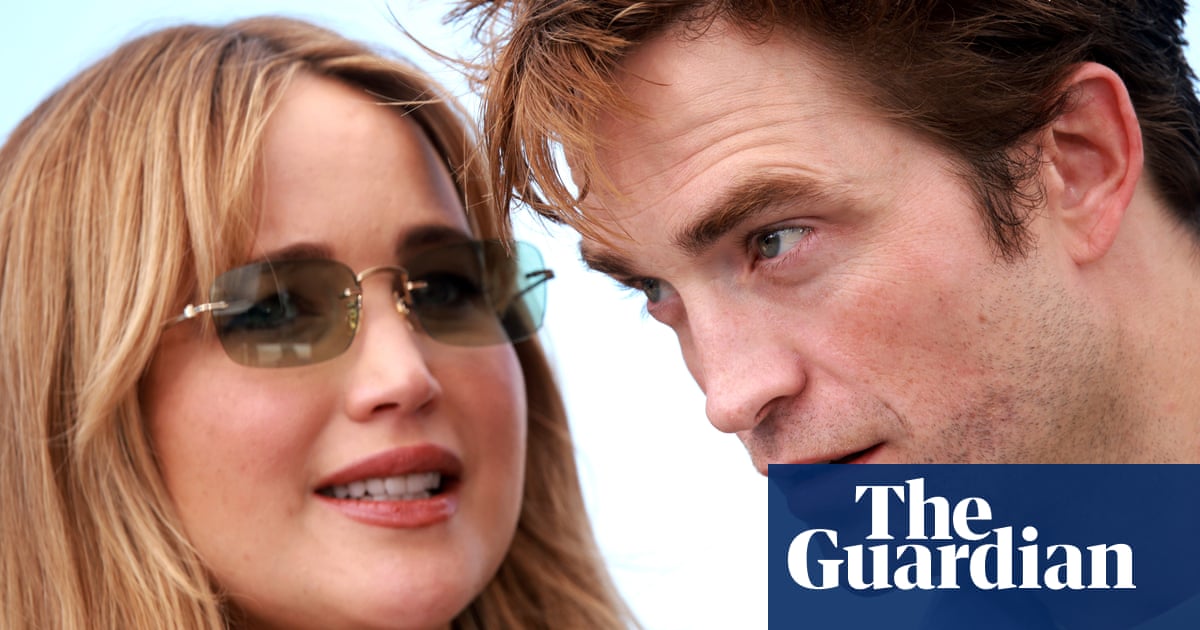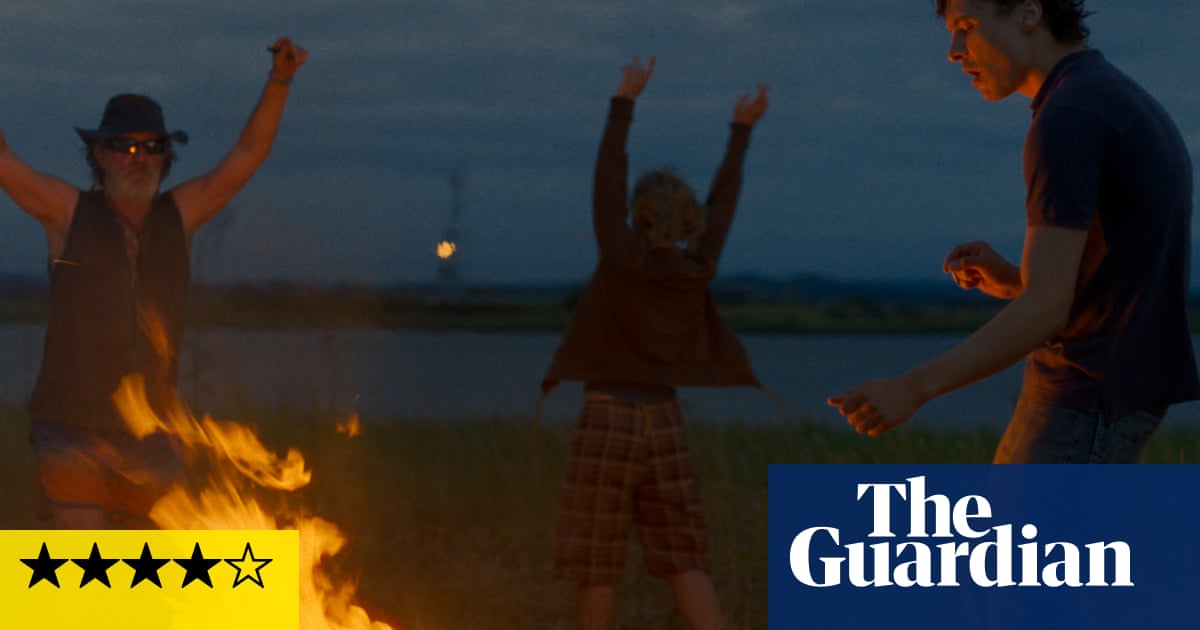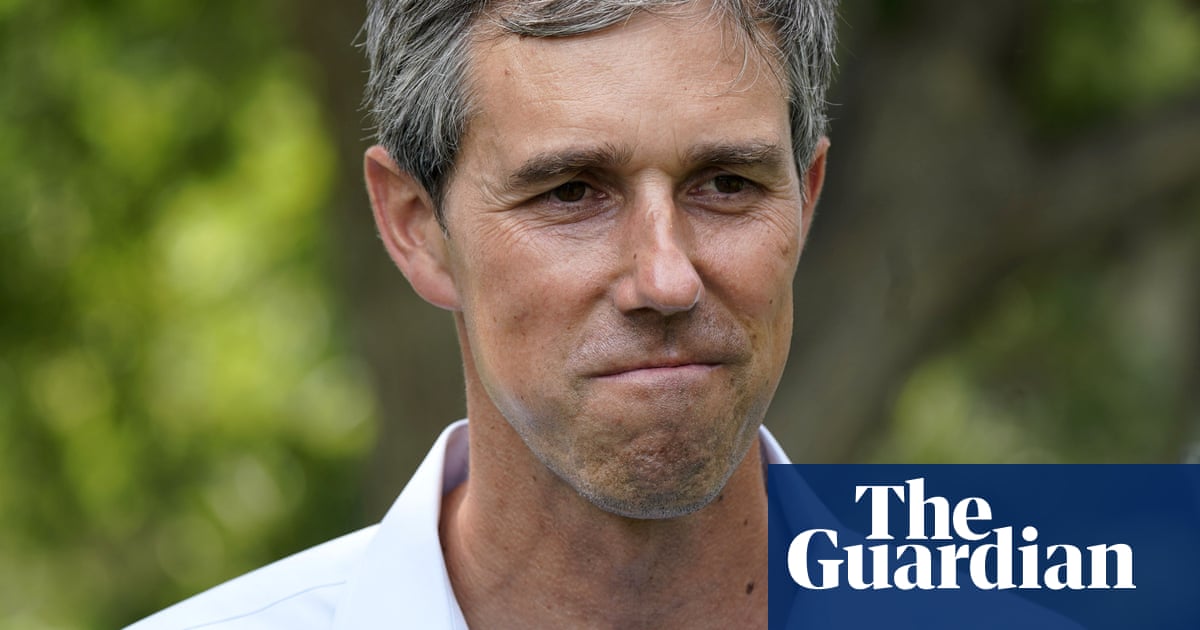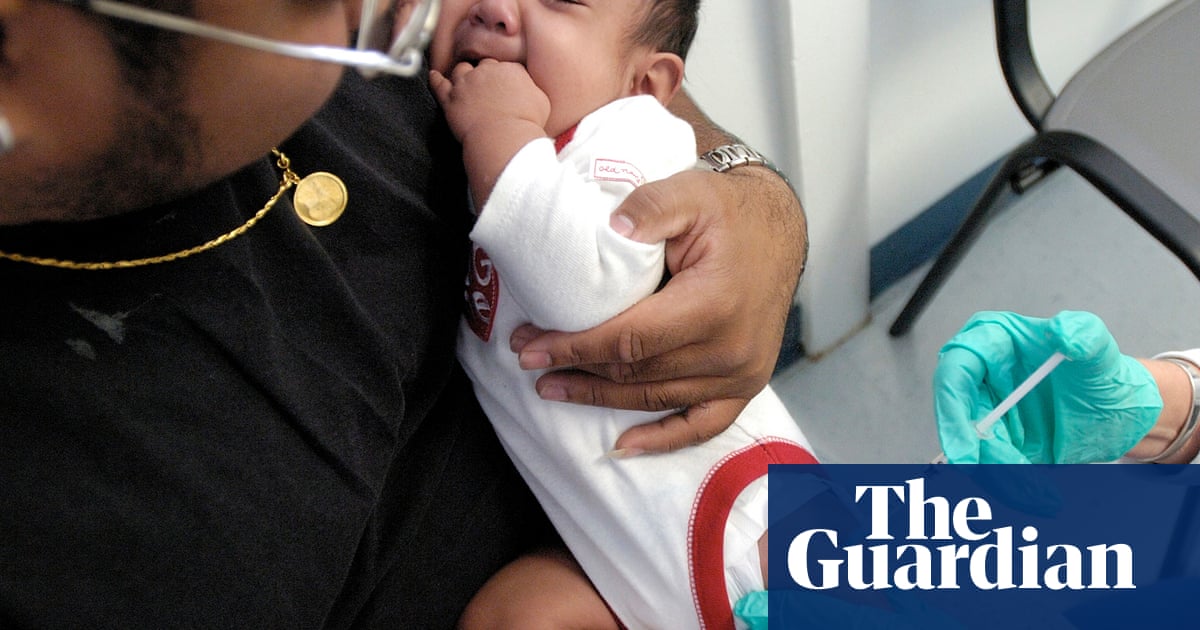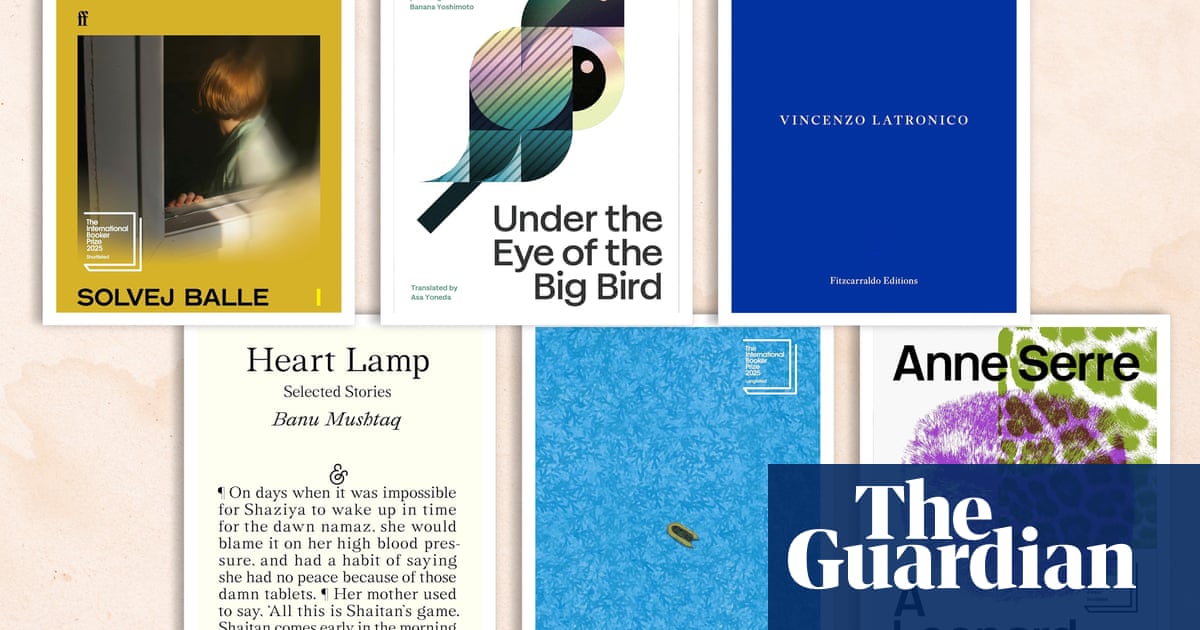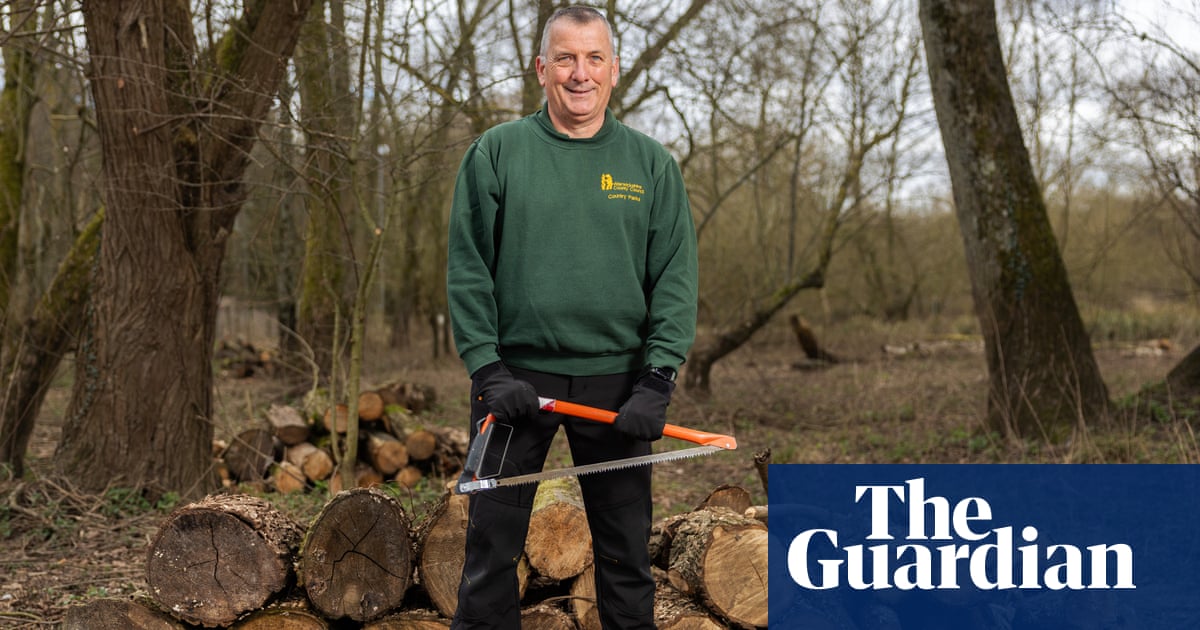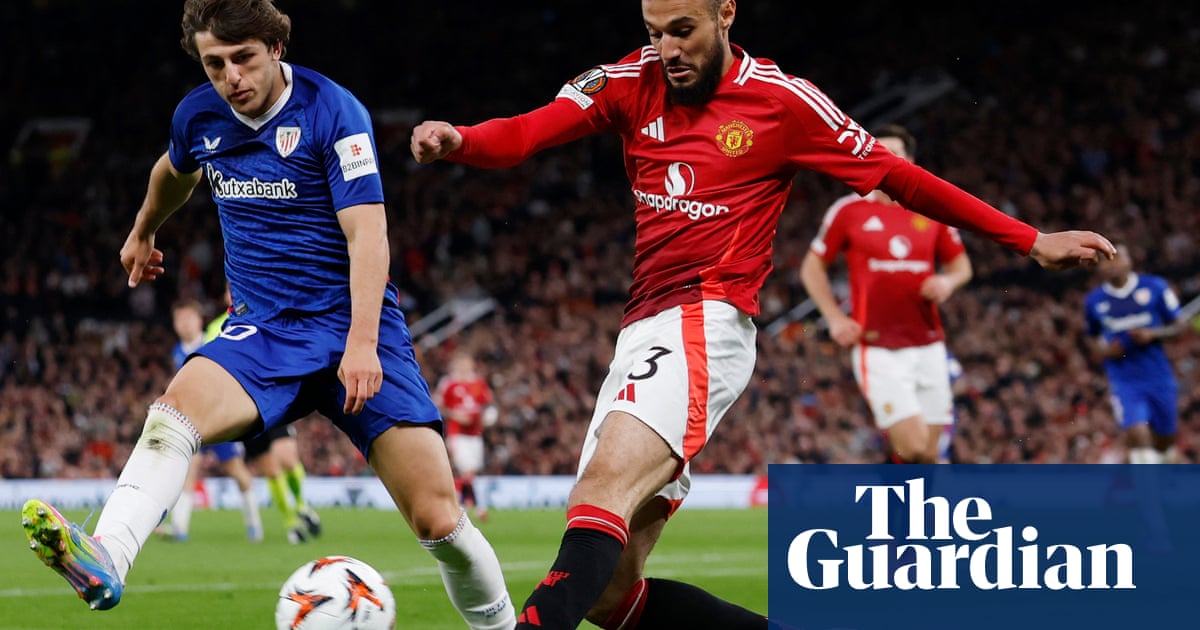Rightwing Catholic Americans in positions of power – from the vice-president, JD Vance, to Leonardo Leo – may have breathed a brief sigh of relief when, after the white smoke cleared, Pope Leo XIV emerged on the balcony of St Peter’s Basilica donning a traditional red mozzetta with a papal stole.
It was, observers pointed out, a starkly different choice than his predecessor Pope Francis, a reviled figure among many staunch conservatives, who had worn all white on the same occasion in 2013 to symbolize his desire for simplicity and humility.
In another nod to tradition, the American pope opted to sing – not recite – the Regina Caeli prayer in his first Sunday blessing, and dedicated one of his first audiences to the head of Opus Dei, the ultra-conservative religious order whose secret member list is believed to include prominent Catholics in Washington.
And yet, it seems widely understood that Leo, given his background, temperament and values, will largely adhere to the vision of the church set out by Pope Francis, and not rebuke or deviate from it, says Massimo Faggioli, a professor at Villanova. While he might like traditionalist things more than his late Argentinean predecessor, Leo cannot be called a traditionalist, Faggioli adds.
The deeper question for now is how the new pope will position himself vis-a-vis rightwing Catholics who hold significant power in the US church and in Washington, through their wealth and political influence. That includes men like Leonard Leo, a conservative Catholic activist who led the Republican mission to install a rightwing majority in the US supreme court, which is today mostly composed of ultra-conservative Catholics.
The schism within the American Catholic church – between conservatives who rejected the legitimacy of Francis’s papacy and more progressive-leaning Catholics who embraced it – is not dissimilar to the schism within the US itself. On one side, says Cathleen Kaveny, a professor of law and theology at Boston College, are conservatives who want to “lock down” church teachings and reject changes they see as illicit, and liberals who want church teachings to develop in line with societal changes.
Many experts agree that – unlike Francis – Leo won’t necessarily seek out to offend or chastise the American right for the sake of it.
“I don’t think he will try to upset people unnecessarily. Francis was more comfortable taking a unique stand. But Leo won’t give up his own commitments, especially to the poor, just to appease his critics,” says Kaveny.
Leo’s history before becoming pope – serving as bishop of the poor diocese of Chiclayo, Peru, from 2014 to 2023, and leading the Augustine order from Rome – shows the new pope has the steel in his spine and strong sense of himself not to wilt under pressure, observers say.
“As pope, I don’t think he’ll go out of his way looking for a fight, but his gentle demeanor shouldn’t fool anyone. He’s got a backbone and will speak out when necessary,” says Christopher White, Vatican correspondent for National Catholic Reporter and author behind the forthcoming book Pope Leo XIV: Inside the Conclave and the Dawn of a New Papacy.
“Unlike Francis, who was not from the United States, Leo already knows where the fault lines are and he’ll be clever not getting himself tangled up with individuals or special-interest factions in the church who will seek to use him.”
Steve Bannon, a Catholic far-right nationalist who has served as an adviser to Donald Trump, was one of a few commentators who saw Leo, previously known as Cardinal Robert Francis Prevost, as a “dark horse” to win the papacy, despite the church never having chosen an American pontiff.
“Cardinal Prevost was a brilliant pick by the woke globalist curia – an acolyte of Bergoglio who will implement his radical program,” Bannon says, referring to Pope Francis, “while being an ‘American’ so the big donors can cozy up for access and open their checkbooks. The church has a massive liquidity problem – they need American cash uncoupled with trad-Catholic values.”
Bannon also says that American donor heavyweights had already “lined up” to get a “pat on the head” from the pope in exchange for a check. But he did not elaborate.
Kaveny does believe Leo will be an agent of change, just not in the mould of Francis. Where the previous pope represented a charismatic authority, who could move people with his words and deeds, Leo – who has been deeply ensconced in the Roman curia – has the kind of institutional authority that can move visions into action.
“It is important to understand he is trained as a canon lawyer,” she says. “It’s like the way Franklin Delano Roosevelt had the vision of the New Deal, which supported people in their old age, but it took the lawyers to write the Social Security Act.”
While Francis was easily dismissed by US Catholics on the right as a Marxist pope who did not fundamentally understand Americans, it will be far more difficult for those critics to dismiss Leo or say his view of the US is that of a caricature.
“He understands the DNA of conservatism. He comes from a centrist moderate Catholic tradition and is very progressive on the issues of immigration and refugees,” says Faggioli. He will also likely disappoint some liberals around the issues of women in the church, abortion and gender.
Unlike Francis, the ultra-conservatives in the church will also be forced to contend with an undeniable fact: Leo is relatively young and full of energy.
“He can outlast some of them,” Faggioli says.
What observers cannot yet understand is how Leo’s American nationality will ultimately color his tenure.
Conclaves, Faggioli says, pick a pope in response to the times, just as choosing Bergoglio – Pope Francis – happened during Barack Obama’s presidency and a “de-whitening of the west from a certain paradigm of the white European dominance”, Faggioli says.
The unwritten rule that said there could never be an American pope was based on a world order in which the US was the world’s superpower, and could not also claim the leader of the most global religion.
But the conclave’s choice seems to ask the question of where – in the second Trump administration – the US is going now.
“All this disruption has made the idea of the American pope more acceptable,” Faggioli says.

.png) 3 hours ago
2
3 hours ago
2
